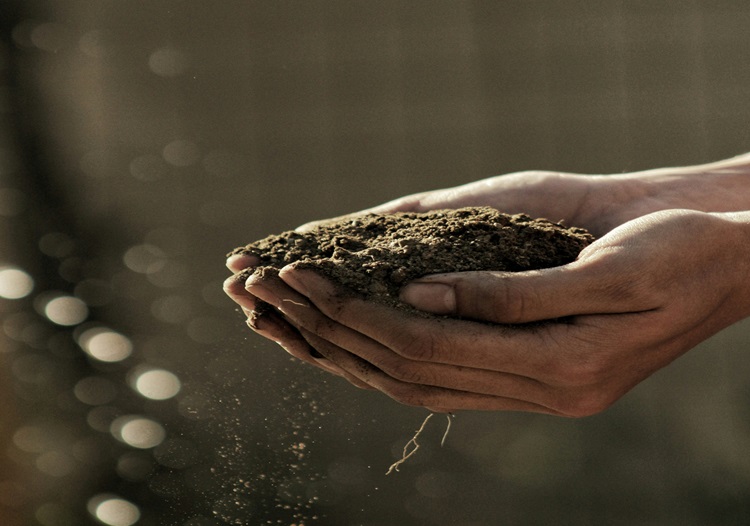PLANNING YOUR RAISED GARDEN BED
 Planning for a Raised Garden Bed: Key Considerations
Planning for a Raised Garden Bed: Key Considerations
Planning a raised garden bed involves several important factors to ensure its success and sustainability. Here are four critical areas to consider: Location and sunlight, Soil Quality and Composition, Size and design plus Water and irrigation.
LOCATION AND SUNLIGHT
Choosing the Right Spot
The location of your raised garden bed is very important, as sunlight directly impacts plant growth and productivity. Most vegetables, herbs, and flowering plants require a minimum of 6 to 8 hours of direct sunlight each day to thrive and produce good yields. Begin by observing your garden throughout the day to identify the sunniest spots, paying attention to areas that remain unobstructed by shadows from trees, buildings and/or fences. Positioning your bed in a sun-drenched area will help photosynthesis, which is essential for healthy plant development.
In addition to sunlight, consider the proximity of the raised bed to your home. Placing the bed within easy reach will simplify routine tasks such as watering, harvesting, and general maintenance. A strategically located garden bed encourages more frequent visits and allows you to monitor your plants closely. However, balance convenience with practicality, avoid placing the bed too close to high-traffic areas, walkways, or other structures that might impede access or disrupt your outdoor space. Ensure there is enough room for you to comfortably maneuver around the bed without causing damage to plants or tripping hazards.
Lastly, consider the microclimate of the chosen spot. Areas with good air circulation can help reduce the risk of fungal diseases, while sheltered spots might offer some protection against extreme weather conditions. Assessing these factors will help you select an ideal location that supports optimal growth and ensures a rewarding gardening experience.
Soil Quality and Composition

Creating the ideal soil mixture for a raised bed is crucial for robust plant growth. Your proposed ratio of one-third topsoil, one-third compost, and one-third organic matter is a solid starting point. Here’s a bit more detail to help refine your soil blend:
Components:
Topsoil:
- Purpose: Acts as the foundational base of the soil mixture. It provides essential minerals and some nutrients.
- Considerations: Use high-quality topsoil from a reputable source. Avoid soils with contaminants or excessive clay content.
Compost:
- Purpose: Enriches the soil with nutrients and beneficial microorganisms. Improves soil structure and fertility.
- Considerations: Homemade compost or well-rotted commercial compost works best. Ensure it’s mature and well-aged to avoid introducing pathogens.
Organic Matter:
- Purpose: Enhances moisture retention and soil aeration. Adds additional nutrients and improves the soil’s ability to hold and release water.
- Examples: Peat moss, coconut coir, aged manure, leaf mold. Each type of organic matter has unique benefits. For instance, peat moss increases moisture retention, while coconut coir is a sustainable alternative to peat.
Additional Tips:
Avoid Heavy Clay or Pure Sand:
- Heavy Clay: Can cause drainage issues and make soil too compacted. If your topsoil is clay-heavy, mix it with more compost and organic matter to improve texture.
- Pure Sand: Drains too quickly and lacks nutrients. It’s generally best used in combination with other components rather than alone.
pH Levels:
- Most plants prefer a slightly acidic to neutral pH (6.0 to 7.0). Consider testing your soil pH and amending as needed with lime (to raise pH) or sulfur (to lower pH).
Nutrient Balance:
- Ensure your compost and organic matter are well-balanced in terms of nutrients. Regularly adding compost or organic fertilizers can help maintain soil fertility over time.
Aeration and Drainage:
- Proper aeration is vital. If you notice your soil becoming compacted, consider incorporating materials like perlite or vermiculite to improve air and water movement.
By following these guidelines, you’ll create a thriving environment for your plants in a raised bed. Regular maintenance, such as adding compost and checking for drainage issues, will keep your soil in top shape throughout the growing season.

Size, Design and Water Irrigation
When planning your gardening project, the size and design of raised garden beds play a crucial role in ensuring a productive and aesthetically pleasing garden. Raised garden beds, or garden boxes, typically range from 4 to 8 feet in length and 2 to 4 feet in width. The height can vary from 12 to 36 inches, depending on your preference and the types of plants you want to grow. Taller raised flower beds make it easier to tend to your plants without straining your back, while shorter options can be more accessible for kids and those with limited mobility. Designing your raised beds is equally important. Opt for materials that are durable and non-toxic, such as cedar or redwood, which naturally resist rot. If you're looking for a more modern touch, consider using concrete blocks or metal sheets. Incorporating features like built-in trellises can maximize vertical space, allowing you to grow climbing plants while keeping your garden neat and organized. Water irrigation is another critical consideration for raised garden beds. Efficient watering methods can enhance plant health and conserve water. Drip irrigation systems are ideal, as they deliver water directly to the roots, minimizing evaporation. Alternatively, soaker hoses can be laid along the soil surface, providing a gentle and even moisture distribution. To optimize water retention, fill your raised beds with a well-draining soil mix that includes compost, peat moss, and vermiculite. This combination encourages healthy root growth while retaining moisture. In summary, when designing raised garden beds, pay attention to size, materials, and irrigation methods. Thoughtfully constructed garden boxes not only enhance the beauty of your outdoor space but also create an efficient growing environment for your plants. With proper planning, your raised flower beds can thrive, producing bountiful blooms and delicious vegetables.
